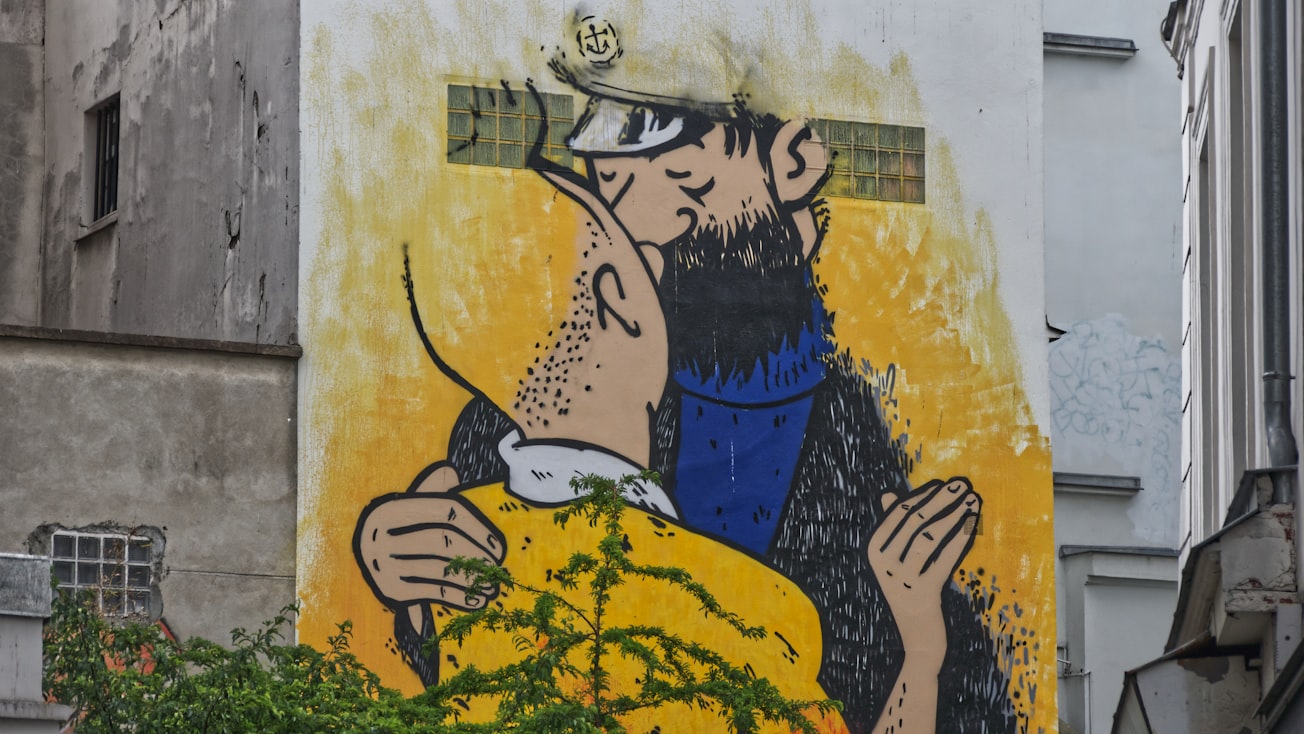What is it about?
This paper analyses a corpus that includes a selection from the Belgian comic series Les aventures de Tintin and its translation into two satellite-framed languages (English and German) and two verb-framed languages (Spanish and Catalan). The study draws on Slobin’s Thinking-for-translating hypothesis. Special attention is devoted to the role of visual language within this framework, with the ultimate aim of identifying translation techniques adapted to the issue of translating Manner-of-motion in comics, in both inter- and intratypological translation scenarios.
Featured Image

Photo by Pascal Bernardon on Unsplash
Why is it important?
Despite the wealth of research on the translation of motion in narrative texts, both in inter- and intratypological scenarios, the Thinking-for-translating hypothesis remains virtually unexplored for illustrated narratives. The results highlight the key role of visual language in the translation of Manner-of-motion in comics, since this can compensate for alterations in the verbal code of target texts, by comparison with originals, and thus minimize the consequences of Thinking-for-translating. Moreover, the (limited) space in the balloons and the respective stylistic conventions of comic books in each language are shown to constrain translation to some extent
Perspectives
Further analyses that, for example, draw on larger corpora and other comic series and different linguistic and typological combinations are necessary. A necessary complementary approach could be to analyze the expression and translation of the Path component in the genre of comics. The specificities of the comic book genre and the phenomena of visual language, the influence of the cartoonist's mother tongue on the depictions and the influence of the spatial limitations of balloons also deserve greater attention when examining the Thinking-for-translating hypothesis.
Teresa Moles Cases
Universitat Politecnica de Valencia
Read the Original
This page is a summary of: On the translation of Manner-of-motion in comics, Languages in Contrast, September 2019, John Benjamins,
DOI: 10.1075/lic.19007.mol.
You can read the full text:
Resources
Manner salience and translation: A case study based on a multilingual corpus of graphic novels
This paper examines the salience of Manner-of-motion and its translation in a multilingual corpus of graphic novels, with the dual aim of further investigating the role of visual language in Slobin’s Thinking-for-translating hypothesis and identifying the relevant translation techniques. Many studies that draw on the hypothesis have shown, for instance, that, in the translation process from a satellite-framed language (e. g. German, English) into a verb-framed language (e. g. Spanish, French), Manner-of-motion is usually omitted, whereas in the translation process between languages belonging to the same typological group, it is generally transferred, although some intratypological variation has also been identified in the literature. The corpus studied allows both inter- and intratypological analyses: it is composed of two graphic novels by the Austrian cartoonist Ulli Lust and their corresponding translations into Spanish, French and English. The resulting data were compared with previous research in the field. The paper concludes that, although visual language minimizes the consequences of Thinking-for-translating, the conventions and restrictions of graphic novels deserve greater attention within this framework.
La traducción de los eventos de movimiento en un corpus paralelo alemán-español de literatura infantil y juvenil
Book
Contributors
The following have contributed to this page







